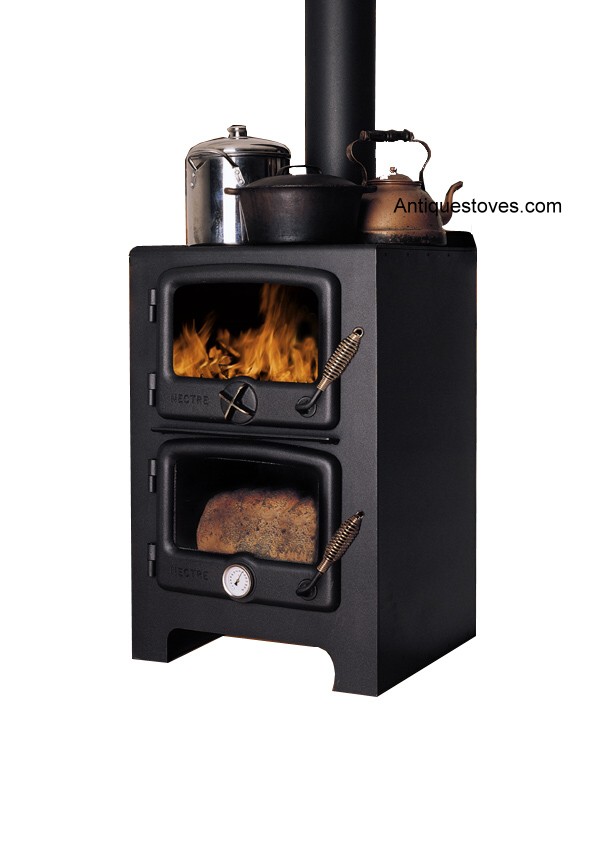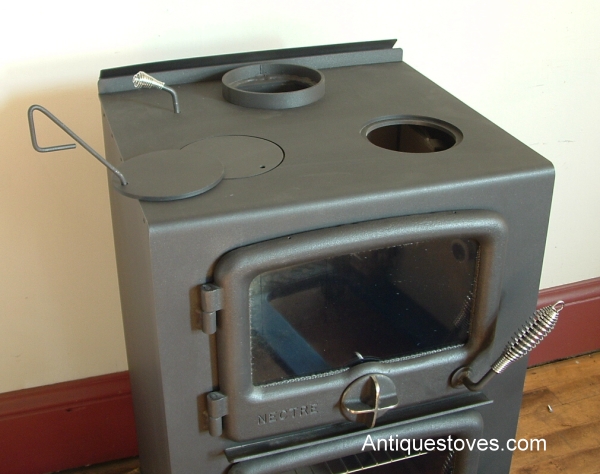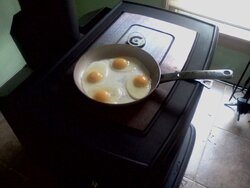My wife is keen on doing some cooking on a new wood stove, and I'm keen on eating. So, I see that a few stoves are built with a step top for this purpose (like the PE Super Step Top and some others. How effective or important is that feature for cooking?
Also, how hot should a top be for cooking?
Also, how hot should a top be for cooking?




 The cooking temp for our stove top seems to be in the 350 F range at least thats where it is the easiest for us. You can also put a dutch oven in your coal bed and make some really good food as well.
The cooking temp for our stove top seems to be in the 350 F range at least thats where it is the easiest for us. You can also put a dutch oven in your coal bed and make some really good food as well. 

 . Man, I haven't heard Car Talk for years now. Is it still on? I can't really get any of the Seattle AM stations down here. Wonder if it's available streamed? I listen to KOMO talk radio that way some times.
. Man, I haven't heard Car Talk for years now. Is it still on? I can't really get any of the Seattle AM stations down here. Wonder if it's available streamed? I listen to KOMO talk radio that way some times.